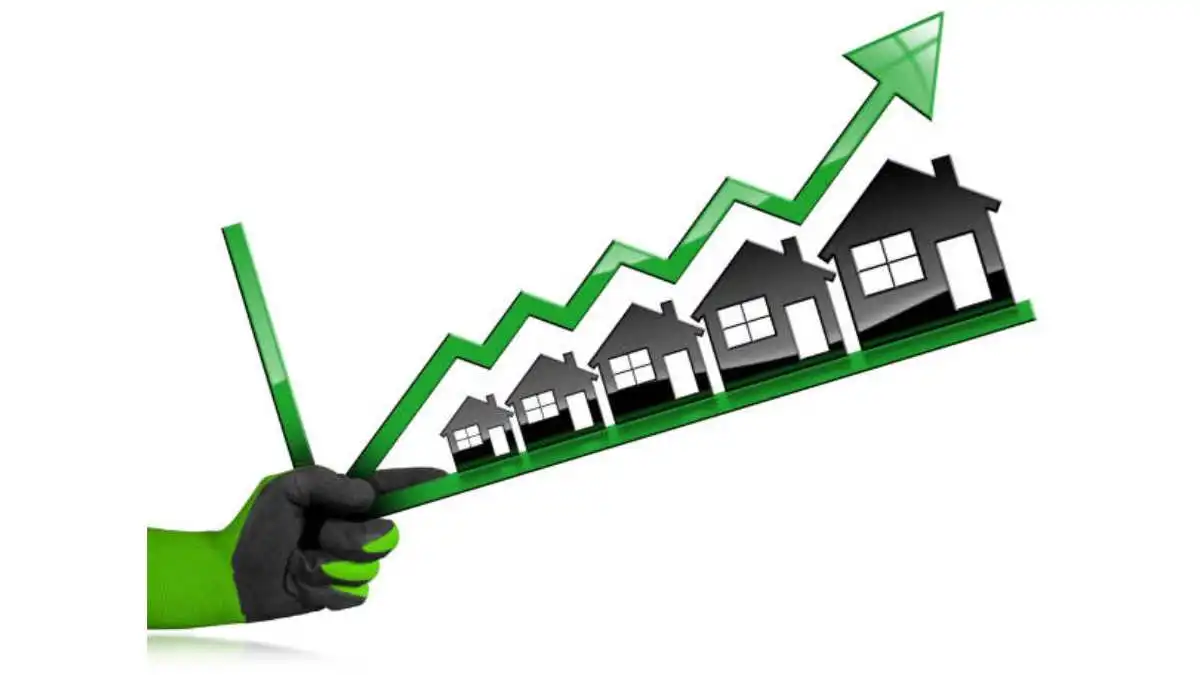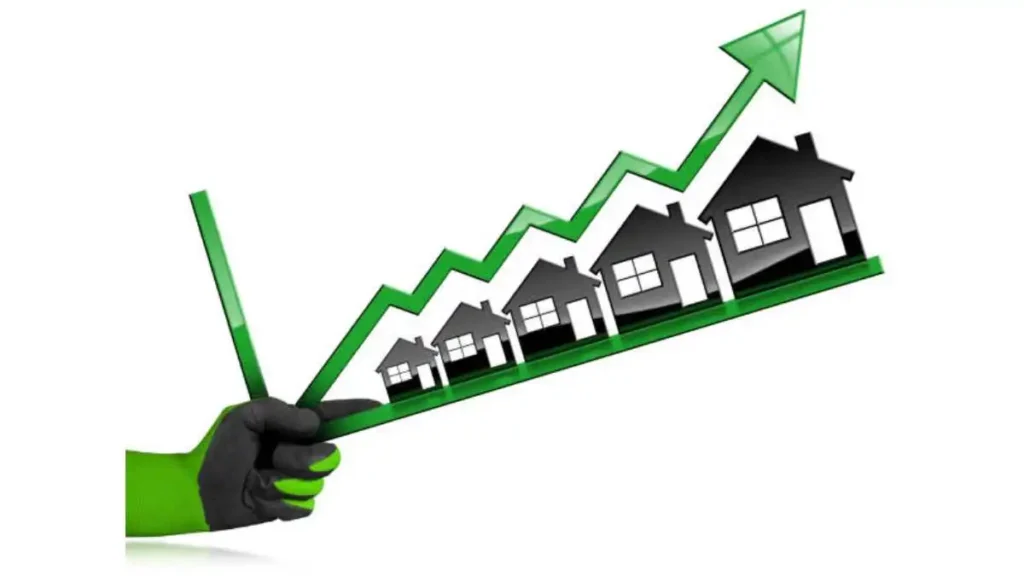GENERAL
How Effective Property Development Drives Long-Term Community Growth

Property development plays a crucial role in shaping communities and driving long-term growth. From residential neighborhoods to commercial hubs, property development is more than just constructing buildings—it’s about creating spaces that improve quality of life, boost economic activity, and foster community engagement. For developers, the challenge lies in balancing profitability with social responsibility, ensuring that new developments not only generate financial returns but also contribute to the broader development of the area.
In this article, we’ll explore how effective property development influences community growth, the key elements that make development projects successful, and why strategic planning is essential for long-term sustainability.
Table of Contents
1. Enhancing Economic Opportunities
One of the most immediate impacts of property development is the economic growth it can stimulate in the local community. New developments—whether they be residential, commercial, or mixed-use—bring jobs, attract investment, and help create a more vibrant economy. From construction jobs during the building phase to long-term employment opportunities in businesses that open within the new development, the economic benefits are clear.
Economic Contributions of Property Development:
- Job Creation: During the construction phase, a large number of skilled and unskilled workers are needed, which boosts local employment. Beyond construction, ongoing jobs in retail, hospitality, and office spaces created by the development further contribute to the local economy.
- Increased Business Activity: New commercial developments attract businesses, which in turn draw in customers and clients. This increase in foot traffic benefits existing local businesses and encourages the opening of new shops, restaurants, and service providers.
- Rising Property Values: Property development often leads to an increase in property values, not just within the development itself but also in surrounding areas. New homes, offices, and amenities make neighborhoods more desirable, raising demand for housing and commercial spaces.
By driving economic activity, property development helps to strengthen the financial foundation of a community, creating a ripple effect of opportunities and benefits for residents and businesses alike.
2. Improving Infrastructure and Public Services
Successful property development requires more than just constructing buildings; it also involves investing in infrastructure and public services. Infrastructure improvements, such as roads, utilities, public transport, and green spaces, are essential for supporting the needs of new residents and businesses. Developers that prioritize infrastructure improvements help enhance the overall quality of life within a community.
Key Infrastructure Improvements in Property Development:
- Transportation and Accessibility: New developments often necessitate upgrades to transportation infrastructure, such as building new roads, expanding public transit routes, or improving pedestrian access. These upgrades make it easier for people to move in and out of the area, which in turn supports local businesses and improves residents’ quality of life.
- Utilities and Services: Property development often requires the extension or enhancement of utilities such as water, electricity, and sewage systems. Ensuring that new buildings have access to reliable services is critical to the success of the development and the overall functionality of the community.
- Parks and Public Spaces: Developers increasingly recognize the value of creating parks, playgrounds, and other public spaces within their projects. These amenities foster social interaction, promote physical activity, and contribute to the overall well-being of residents, making the development more attractive to prospective tenants or buyers.
By investing in infrastructure, property development ensures that communities are better equipped to handle growth, providing residents with the services and amenities they need to thrive.
3. Fostering Community Engagement and Social Cohesion
Beyond economic and infrastructural benefits, property development has the power to shape the social fabric of a community. Thoughtfully designed developments that include communal spaces, mixed-use areas, and pedestrian-friendly environments encourage social interaction and help build a sense of community among residents.
How Property Development Fosters Social Cohesion:
- Mixed-Use Developments: These developments combine residential, commercial, and recreational spaces in one area, making it easier for people to live, work, and socialize within the same neighborhood. Mixed-use areas create a sense of vibrancy and reduce the need for long commutes, fostering stronger local connections.
- Community-Oriented Design: Incorporating elements such as parks, public plazas, and community centers into development projects encourages social interaction and engagement. These shared spaces give residents and visitors a place to meet, relax, and participate in community activities, strengthening neighborhood bonds.
- Cultural and Recreational Facilities: Developing cultural institutions, such as libraries, museums, or theaters, and recreational facilities like sports complexes or fitness centers, adds value to a community. These facilities promote social cohesion by offering residents opportunities for cultural enrichment, entertainment, and physical activity.
By prioritizing social infrastructure, property development can create spaces that foster a sense of belonging and community pride, contributing to the long-term success of the area.

4. Sustainable Development for Long-Term Growth
As awareness of environmental issues grows, property development increasingly focuses on sustainability. Sustainable development involves designing buildings and spaces that minimize environmental impact, conserve resources, and contribute to the overall health and well-being of the community. Sustainable practices not only benefit the environment but also add long-term value to developments by reducing energy costs and appealing to environmentally conscious buyers and tenants.
Sustainability in Property Development:
- Green Building Practices: Sustainable development often incorporates eco-friendly building materials, energy-efficient technologies, and water conservation systems. These measures reduce the environmental footprint of the development and lower operational costs for tenants or homeowners.
- Energy Efficiency: Installing solar panels, energy-efficient lighting, and advanced heating and cooling systems can significantly reduce a building’s energy consumption. This not only benefits the environment but also lowers utility costs for occupants.
- Stormwater Management: Sustainable developments often integrate stormwater management systems that reduce runoff, prevent flooding, and protect water quality. By including permeable surfaces, rain gardens, and green roofs, developers can minimize the environmental impact of their projects.
- Preservation of Green Spaces: Incorporating green spaces into development plans, such as parks, gardens, and natural areas, promotes biodiversity and provides residents with access to nature. Green spaces enhance the quality of life in urban areas and help mitigate the effects of urban heat islands.
Sustainable property development not only addresses immediate environmental concerns but also ensures that communities can grow in a way that is responsible, resilient, and prepared for the future.
5. Long-Term Planning for Community Growth
One of the most important aspects of successful property development is long-term planning. Rather than focusing solely on short-term gains, developers need to think ahead to ensure that their projects contribute to sustainable community growth over time. This involves considering the future needs of the population, such as housing demand, transportation, and public services.
Key Elements of Long-Term Planning in Property Development:
- Population Growth: Developers must consider projected population growth in their planning. This means building enough housing to meet future demand, as well as ensuring that commercial spaces can support the economic needs of a growing population.
- Future Infrastructure Needs: As communities grow, so do their infrastructure needs. Developers need to ensure that new projects include the capacity for future expansions, such as wider roads, additional public transport options, and increased utility services.
- Flexibility in Design: Buildings and public spaces should be designed with flexibility in mind, allowing for future modifications or changes in use. For example, a commercial building might be designed to easily convert to residential units if market conditions change.
By planning for future growth, developers can ensure that their projects contribute to long-term community success rather than creating short-term solutions that may quickly become obsolete.
6. The Role of Property Development in Economic and Social Resilience
In addition to stimulating immediate economic growth, property development can help create more resilient communities. Well-planned developments that include diverse housing options, robust infrastructure, and strong social institutions are better equipped to withstand economic downturns, natural disasters, or other challenges.
How Property Development Enhances Resilience:
- Diversified Housing and Commercial Spaces: Offering a mix of housing types—such as single-family homes, apartments, and affordable housing—ensures that a community can accommodate a range of income levels and family sizes. Similarly, a variety of commercial spaces can attract different types of businesses, reducing reliance on any single industry.
- Emergency Preparedness: Sustainable and resilient property developments are designed with emergency preparedness in mind. This might include storm-resistant building materials, backup power systems, and easy access to emergency services.
- Economic Diversification: A mix of residential, commercial, and industrial developments helps create a more diversified local economy. This diversification can make a community more resilient to economic shocks, such as the closure of a major employer or a downturn in a specific industry.
By focusing on resilience, property development can help communities thrive even in the face of unforeseen challenges.
Conclusion
Effective property development is about more than just constructing buildings—it’s about fostering long-term community growth, improving quality of life, and creating sustainable, resilient spaces. From enhancing local economies and infrastructure to fostering social cohesion and prioritizing sustainability, property developers play a crucial role in shaping the future of communities.
Investing in thoughtful and responsible property development, as seen with Continental Realty & Management, ensures that both developers and communities benefit from projects that are designed to support long-term growth, economic prosperity, and social well-being. As communities continue to evolve, the role of property development remains central to ensuring that they are vibrant, inclusive, and resilient for generations to come.
-

 GENERAL6 months ago
GENERAL6 months agoChristofle – For Those Who Dream of Family Heirloom Silver
-

 SPORTS8 months ago
SPORTS8 months agoDiscover the World of Football with Streameast: Watch Your Favorite Leagues and Tournaments
-

 GENERAL4 months ago
GENERAL4 months agoUncovering the World of кинокрадко: The Dark Side of Film Piracy
-

 GENERAL2 months ago
GENERAL2 months agoATFBooru: Anime, Gaming, and Subculture Imageboard


























